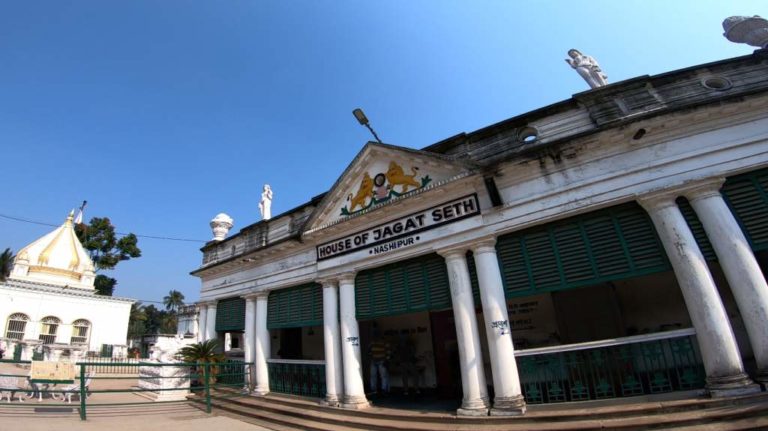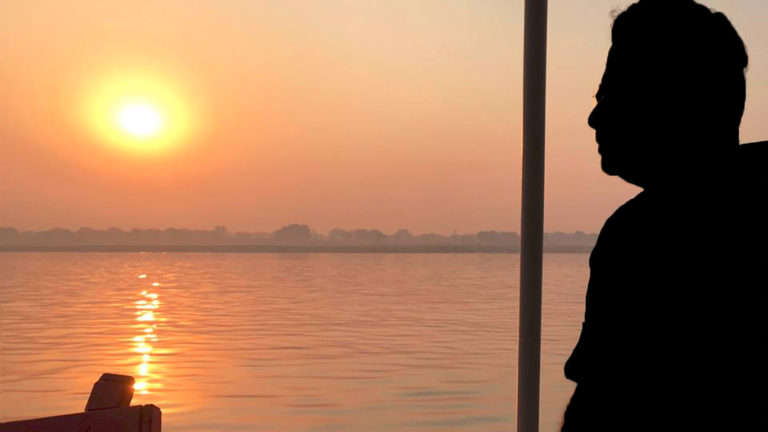Nov 03, 2018, Driving around Cawnpore
Slow Boat Down the Ganges Update 39
I have never been to Kanpur and it was nice to be here and spend a day visiting the city. Kanpur is one of the most populous cities in India, the second largest in Uttar Pradesh, and according to the World Health Organisation the city with the world’s worst air pollution!
Kanpur during the British Raj was called Cawnpore and it is infamous for the Cawnpore Massacre. In 1857, about 7,000 British soldiers were stationed here. When the rebellion broke, about 900 British men, women and children were held hostage by the rebels led by Nana Saheb Peshwa. An agreement was reached between the British and the rebels, and the former were promised safe passge to Allahabad from Satti Chaura Ghat. Something went wrong, shots were fired, many were killed and the survivors were brought to a building called Bibi Ghar or Ladies Home. These survivors were also killed and their bodies dumped in a nearby well. The British were so enraged that their subsequent war cry was “Remember Cawnpore”.
The Cawnpore Massacre and the Bibi Ghar Massacre are a blot on history and India’s struggle for independence. It is said that all is fair in love and war, but killing and butchering unarmed women and children defies all logic. Children as young as four years old were found alive at Bibi Ghar the next morning and were thrown into the well to be buried alive under corpses. Not done, and nothing can justify such brutality, whatever the motivation or justification.

The ghat where this massacre took place is called Massacre Ghat to this day. And this is where my canoe launches tomorrow on its onward journey.
I visited Massacre Ghat today and while having tea at a nearby shack, met with the shack owner, a 74 year old gentleman, who knew all about the massacre, and the history behind it. He has promised to tell me the story tomorrow, before I launch. It is bound to be interesting to listen to his story and his recollection of the event.
I visited the Massacre Ghat today and I wanted to visit Bibi Ghar, which is now the Memorial Church. It is supposedly very close to where I was staying, but surprisingly, I just could not locate it. Google was no help and every which way I went, it kept asking me to turn around. After walking around for a couple of kilometres, I finally decided to give up. I also wanted to visit the well (if it still exists) where the survivors were dumped after being butchered.
After coming back to the Mess and researching a bit more, I found that the Memorial Church is now called the All Soul’s Church, and is located a few steps away from where I am staying, just across the road. Maybe I will go and take a look at it early morning tomorrow.
As patriotic Indians, we recall the British atrocity at Jallianwalla Bagh, in Amritsar, where innocent, unarmed and entirely peaceful civilians were killed by the British soldiers. At the same time, we also need to remember the Cawnpore Massacre where innocent men, women and children were mercilessly massacred.
I hired a taxi and went about visiting some of the sights and sounds of the city. It is a busy city, the roads are crowded, the traffic is bumper to bumper, road rules are the exception despite the presence of policemen, and the city is bustling with life. I wanted to soak in as much as I could.


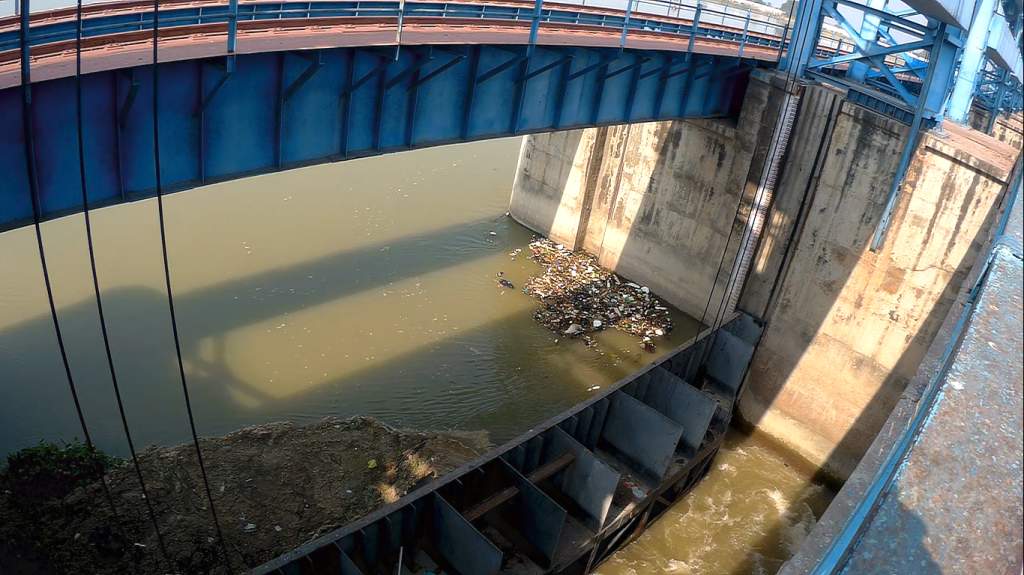



The first stop was at the Kanpur Barrage, the third on the route down the Ganges, after Bijnor and Narora. I have heard a lot about the toxicity of the Ganges waters in and around Kanpur. I expected a dark, black sludge swirling around the Barrage given the stories I have heard about the chemical effluents and sewage that get discharged, mostly untreated, into the river. I was surprised that the water to the naked eye, seemed as it has looked so far, upstream from Haridwar, to here. On both sides of the Barrage.
I did see some trash swirling around near the gates, but it was not something that was alarming. I also saw a cow carcass at the locked gate, again not something that is difficult to address, or something that is at the brink of disaster, with no possible way to bring things back to normal. However, I am a layman and do not know how toxic the water really is. Maybe tomorrow, when I am back on the river and start taking results of TDS and pH, someone with more knowledge than me can interpret it for what it signifies. I do expect both the TDS and pH readings to spike.
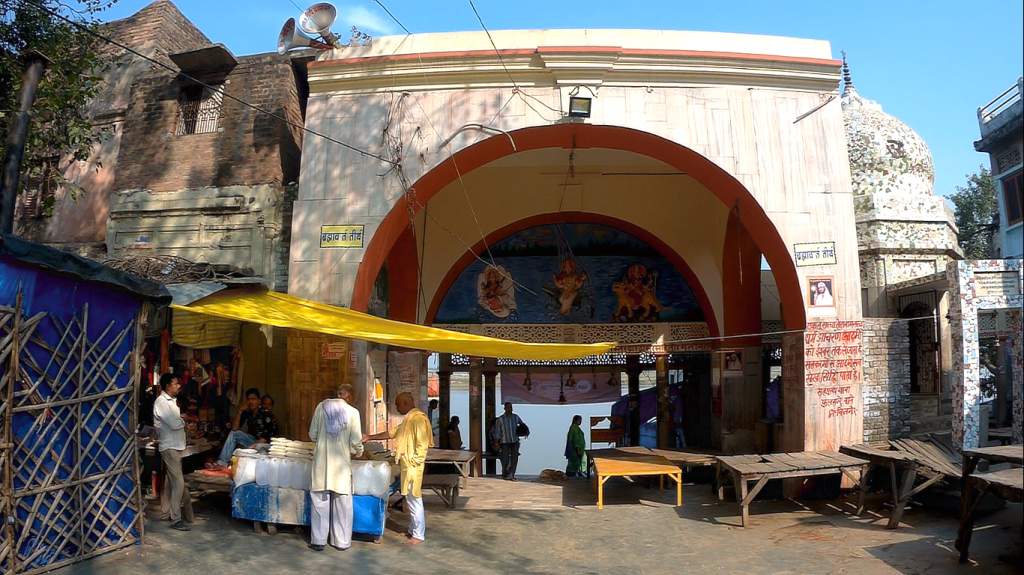
Next, I headed to Bithoor, the place I was destined to reach yesterday, but could not. It is a small town, with a small ghat, but the garbage was there for all to see. I had some tea and some snacks and when I asked the shop owner where to dump the used (aluminium foil) plate, I was told to dump it on the ground since there was no trash bin. The ghat too was dirty. Why is it so difficult for people to use a trash bin, is one is placed there? The answer is simple. We are not hygiene oriented people, and even if a trash bin was placed, either we would not use it, or it would get vandalised, or worse, someone would steal it and take it home. With this kind of attitude, India will never ever become a clean country.
A couple of other temples were visited, including the ISCKON temple and the Sai Baba temple. One temple I wanted to visit was the Jain Glass Temple. Unfortunately, it was shut, as was the Laxminarayan temple. However, I doubt that I visited the place which is the original location of the Glass temple, since the area was crowded, and from what people showed me, it is certainly not the temple that I can see on the internet. The guards at the Laxminarayan Temple were verging on rude, and they almost shooed me away when I requested them to allow me to take some pictures from the gate itself. The ISCKON temple is a massive structure, just outside of town, but it too was shut and I did not get to see it. I guess one needs more than a single day to see the many sights and sounds of the city.
I drove past the Kotwali, which is the prison, and I suspect it has a lot of stories to tell from the struggle for Independence.
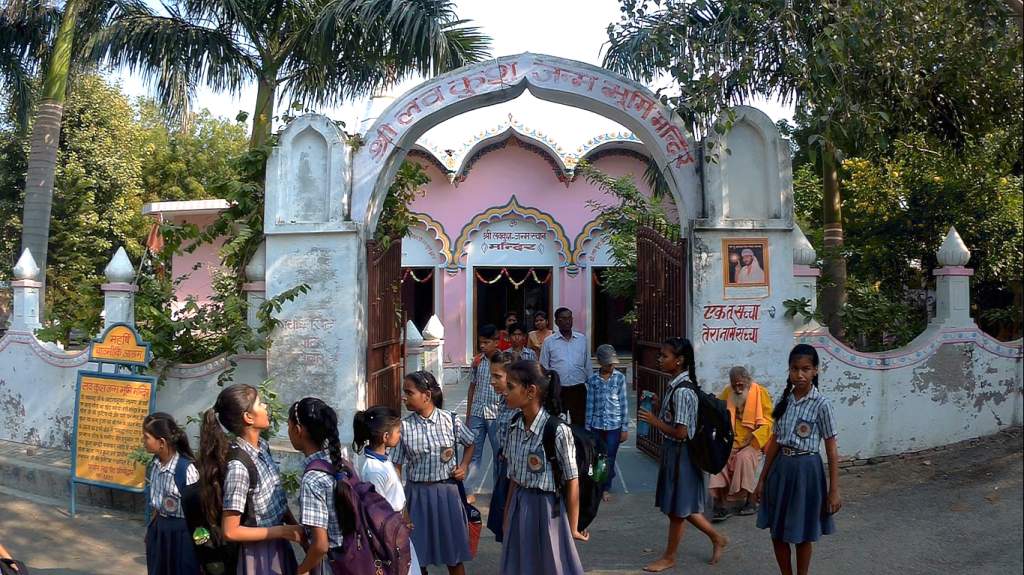
One temple I got to visit was one where supposedly Luv and Kush, the twin children of the Lord Rama and Sita were born. A small temple, tucked away from the hustle and bustle of the city, happy in solitude, without the brouhaha surrounding the construction of their more famous father. I have been fascinated for some time about where the twins were born, given that they were born after Sita was banished by her husband. I always though that they were born in Dandakaranya, in South India. But this spot is close to Ayodhya, the place from where Lord Rama ruled his kingdom, and my doubts about the birth of the twins has been answered.
I think I will have to come back to Kanpur to relive the history of Cawnpore. Meanwhile it a slow boat down the Ganges.




 (4 votes, average: 5.00 out of 5)
(4 votes, average: 5.00 out of 5)![]()